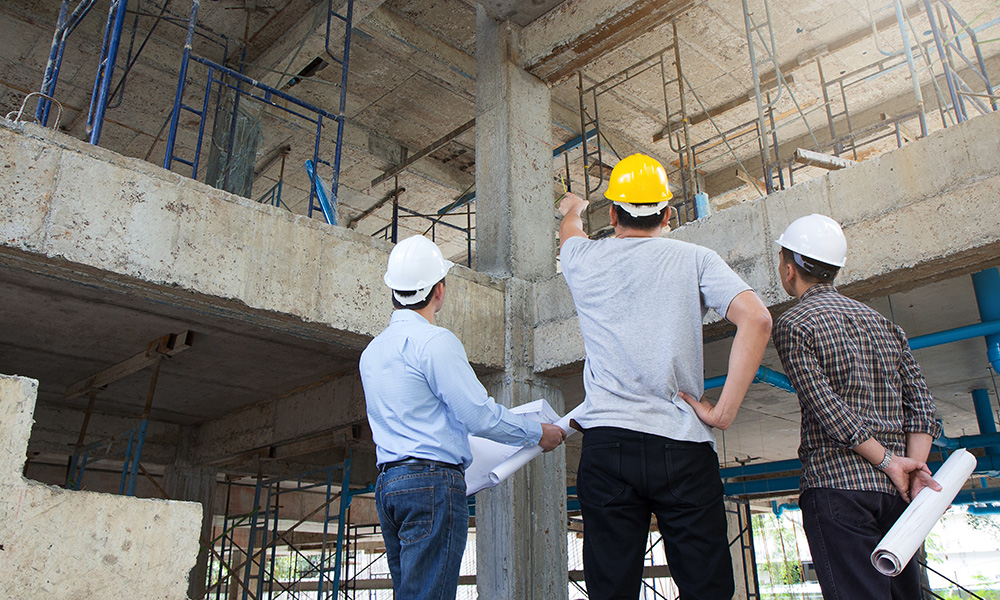Construction costs in the UAE and Saudi Arabia are predicted to increase by 2-3% and 5-7% respectively in 2024, intensifying the financial pressure on the construction industry, according to a new report by Currie & Brown, a global leader in cost management, project management, and advisory services. This follows a year of significant increases, with costs rising by 3% in the UAE and 7% in Saudi Arabia in 2023.
The report, titled “How to navigate 2024: Balancing challenge with opportunity,” outlines key strategies for construction firms to mitigate these cost escalations. It emphasizes the adoption of innovative working methods, such as modular construction, to alleviate the effects of local skills and materials shortages. It also highlights the importance of integrating sustainability at every project stage to meet evolving standards and recommends the embrace of digital technologies, including artificial intelligence and advanced data analytics, to enhance project return on investment (ROI) and manage future challenges effectively.
Doug McGillivray, Managing Director, Southern Gulf for Currie & Brown, commented on the findings, stating, ““2024 will bring fresh challenges for the construction industry, but these also present opportunities for firms and their clients.
“By considering sustainability, embracing digital technologies, and developing new ways of working, both will benefit from operational efficiencies. This will help mitigate the impact of construction cost increases now and in the future, while creating better, sustainable built environments for all.”
The report draws attention to the broader context of construction cost increases, noting similar trends across Currie & Brown’s operating regions. The primary driver of these increases is identified as inflation, which, despite showing signs of stabilisation towards the end of 2023, continues to pose challenges due to its variability across the Gulf region. Other factors contributing to the rise in construction costs include tightening sustainability regulations, particularly in the wake of COP 28 hosted in Dubai, skills and materials shortages exacerbated by strained supply chains, and geopolitical uncertainties impacting trade routes and material prices.
To help organisations navigate uncertainty and be more cost effective, the report advises project teams to act in the following areas:
- Adopt new ways of working, such as modular construction. This will help reduce the impact of local skills and materials shortages, giving greater certainty on construction costs. Close collaboration between developers, consultants and contractors will also lead to greater clarity on schedules so that skilled labour can be secured early.
- Incorporate sustainability at every stage. Firms need to consider the carbon impact of projects at every stage of development to make sure these will meet current and future standards. Doing so will reduce the need for organisations to make further investments down the line. They will also benefit from operational efficiencies sooner, reducing the cost and whole life carbon impact of their estates.
- Embrace digitisation. From AI to advanced data analytics, digital technologies are offering new ways to enhance project ROI and predict and manage future challenges. Organisations must be open-minded to the potential of new technologies and work together to apply them where they will add the most value to projects.
McGillivray concluded, ““Cost escalation continues to be a significant challenge for the construction industry, but it is nothing new. Since June 2023, the price of raw materials, including steel, cement and concrete have, increased in both the UAE and Saudi Arabian markets. As an industry we need to work with our clients to develop solutions to deal with this long-term trend. What can we do now to address cost drivers and give them greater certainty in the future? This is where focusing on long-term trends makes all the difference.”
The insights provided by Currie & Brown’s report are based on data extrapolated from regional sources as of February 2024, aiming to equip construction firms with the knowledge and strategies to navigate the upcoming year’s economic challenges successfully.
Regional cost escalation statistics – How does the Middle East stack up?
|
Market |
2024 cost escalation |
|
United Kingdom |
3 – 3.8% |
|
Europe |
4 – 6% |
|
Hong Kong |
2.5 – 3.5% |
|
China |
1.8 – 2.3% |
|
Japan |
10 – 20% |
|
India |
5 – 7% |
|
Australia |
5.5 – 6.5% |
|
UAE |
2 – 3% |
|
Saudi Arabia |
5 – 7% |
|
Mexico |
1.8 – 2.3% |
|
Columbia |
8 – 9.5% |
|
Peru |
1 – 2.3% |
|
USA |
3 – 6% |

